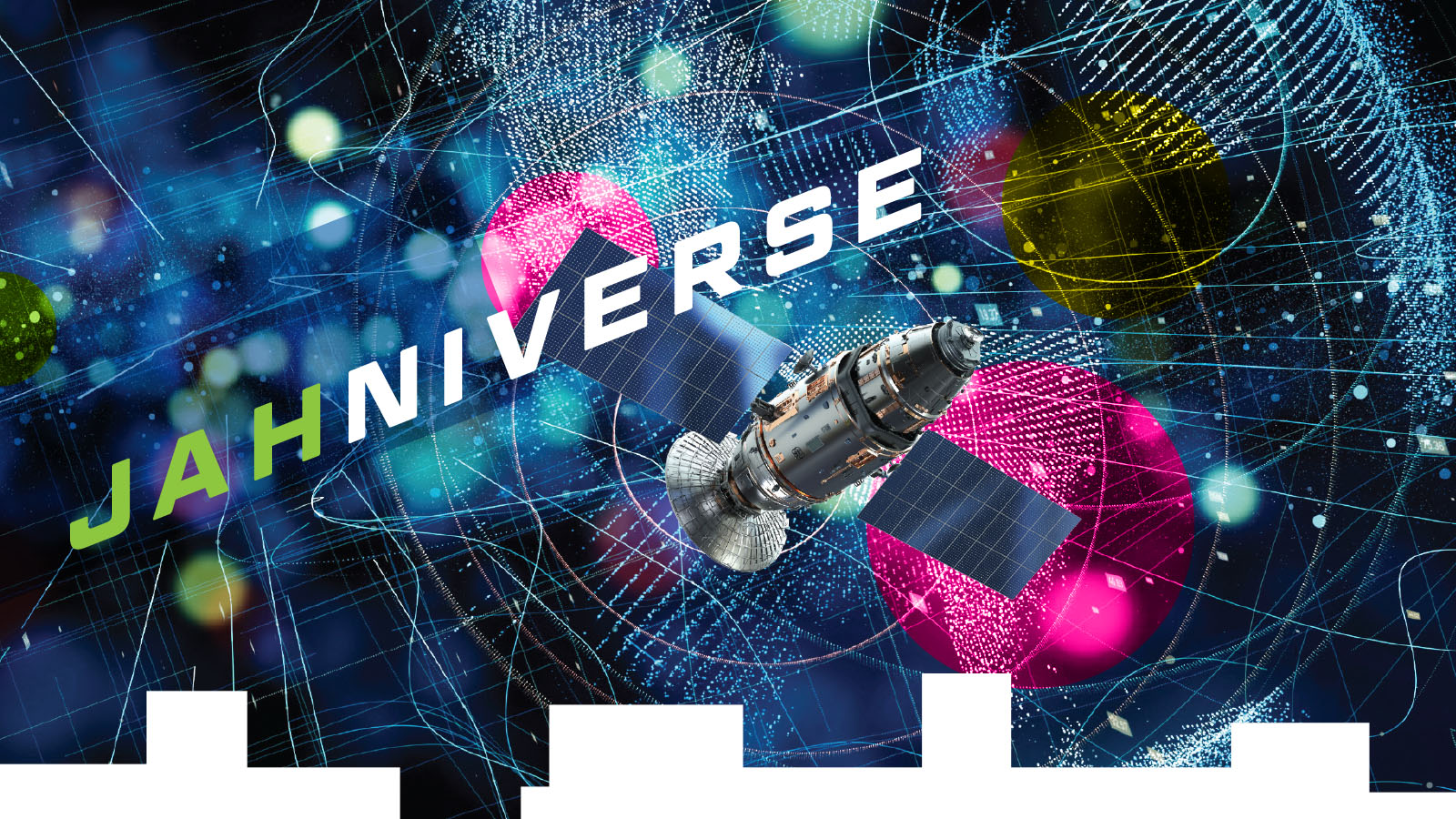Stay Up to Date
Submit your email address to receive the latest industry and Aerospace America news.
You are unlikely to find many people who’d argue against the principles underlying NASA’s Artemis Accords, the agreements the agency plans to reach with its counterparts abroad before they participate in the lunar exploration program. These principles, published by NASA in May, describe how the partners should behave around the moon, on its surface and someday at Mars.
As important as transparency, mitigating debris and the other principles are, someone must assess and measure how well each partner is doing at complying with these principles.
That is where things could get complicated.
You can’t enforce what you don’t know, and you don’t know what you don’t measure, like where objects in space are located. Ultimately, the effectiveness of these accords comes down to defining what should be measured, and by whom, and who should have access to these measurements. For sure, the world’s space-faring nations do not want the U.S. government to become the sole gatekeeper for information about behavior in space.
Once these issues are sorted out, monitoring and assessing can amount to more than some check marks on a compliance form. Watching and assessing can be an effective deterrent. We humans tend to behave differently when we know, or assume, we’re being monitored. All it takes is for a police car to be on the side of the road ahead, even empty, and any number of taillights will turn red.
Consider the Outer Space Treaty of 1967, which has been ratified by over 100 countries. There are parts of it that no one follows. For example, Article VI explicitly states, “The activities of non-governmental entities in outer space, including the moon and other celestial bodies, shall require authorization and continuing supervision by the appropriate State Party to the Treaty.” The words “continuing supervision” indicate that no private space activities or behaviors shall go unsupervised. Yet no country on the planet has the ability to continually track every space object or monitor activities in the rest of outer space including the moon. This is part and parcel to space situational awareness. Each country lacks the resources to generate this situational awareness individually, and collectively they lack a common pool of globally collected and shared space situational awareness measurements and information, such as the locations of objects and their sizes, shapes, materials and purpose.
This challenge is not new. The United Nations in 2019 approved by consensus a set of Long-term Sustainability Guidelines produced by the U.N. Committee on Peaceful Uses of Outer Space. These guidelines, which include debris mitigation, may be the most comprehensive and globally agreed-upon collection of safe and sustainable practices, but they have yet to be implemented by all who’ve agreed to them. In fact, the lack of compliance with debris mitigation is the largest contributor to the growth in defunct satellites, spent rocket bodies and other debris, according to statements from NASA and the European Space Agency.
Even the United Nations Space Object Registry, established in 1962, is far from effective at providing accurate, actionable and timely information about new space objects and the orbital population of them. The registry shows inconsistent information, and months can pass before an orbiting object is registered. The information desired for registration does not meet the space situational awareness needs and demands of our satellite launchers, operators and user services. The time allotted to register is “as soon as practicable,” which can mean months or years. As for the registry here in the United States, the Department of State is in the process of upgrading its system to make it more public and transparent.
A complication is that space situational awareness observations from radars, telescopes and other government sensors are not publicly disclosed by the United States or any space-faring nation for fear of revealing national security capabilities. There is a possible solution for this conundrum inspired by the history of the U.S. GPS constellation. Until 2000, the U.S. Air Force restricted the full precision of GPS to U.S. government entities and provided a purposefully degraded but still useful capability to commercial users. Likewise, the United States and other nations could degrade and share their raw situational awareness observations. This way, users could make up their own minds about the trustworthiness of the data.
Nations that jealously guard such observations risk unintended consequences. An up-and-coming space-faring nation might well need assistance to operate safely in space, absent the observational resources to do so. Some doubt that such a globally accessible system can be created, but I am confident that the equivalent of a Waze app for space traffic is within reach. I’ve created an online framework called ASTRIAGraph as an initial step toward crowdsourced space traffic monitoring.
The key to making the Artemis Accords a reality lies in such monitoring and assessment of the activities of partners for compliance. Those who fail to comply should be held accountable with clear and quantifiable consequences that must still be established. One country or entity cannot do this alone; continual supervision will require global cooperation. There is a Korean proverb that says, “Do not try to cover the whole sky with just the palm of your hand.”
About Moriba Jah
Moriba is a professor at the University of Texas at Austin and chief scientist at Privateer. He helped navigate spacecraft at NASA’s Jet Propulsion Lab and researched space situational awareness at the U.S. Air Force Research Laboratory, and is an AIAA fellow.
Related Posts
Stay Up to Date
Submit your email address to receive the latest industry and Aerospace America news.




